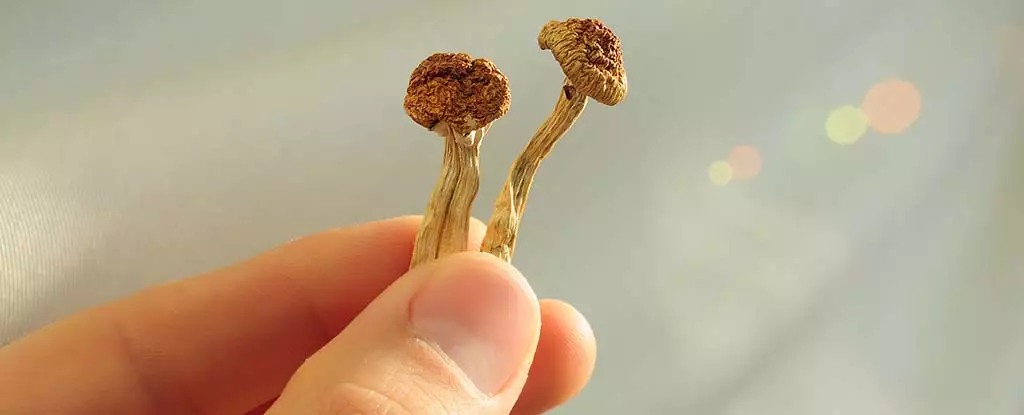The recent study conducted at the Washington University School of Medicine in St. Louis on the effects of psilocybin, the active ingredient in magic mushrooms, on functional brain networks has garnered significant attention. The researchers delved into the disruptions in brain connectivity caused by psilocybin ingestion, shedding light on potential therapeutic applications. While the study presents compelling findings, a critical analysis reveals several limitations that warrant further examination.
The study’s strength lies in its rigorous methodology and high-quality research standards. Conducting fMRI scans on healthy participants before, during, and after psilocybin ingestion is commendable, considering the complexity and cost of such experiments. The utilization of an “active control” adds credibility to the study’s findings, highlighting the researchers’ commitment to robust scientific practices.
However, certain limitations cast doubt on the generalizability of the study’s results. The inclusion of only healthy volunteers raises concerns about the applicability of the findings to patients who could benefit from psilocybin-assisted therapy. Moreover, the small sample size of six participants (one dropped out) and lack of information on prior psychedelic experiences introduce potential selection bias, limiting the study’s scope.
The use of an active placebo is a notable attempt to control for bias; however, the inability to maintain the double-blind procedure due to psilocybin’s psychoactive effects is a significant drawback. This compromises the study’s validity, as the observed brain activity changes may be influenced by participants’ beliefs and expectations. Additionally, conflicts of interest among the authors, particularly concerning commercialization of neurotechnologies, raise ethical concerns and potential bias.
The study’s failure to report on long-lasting changes in participants’ well-being, measured through the persisting effects questionnaire, is a crucial oversight. This data could provide insights into the clinical relevance of psilocybin usage. Moreover, the absence of subjective self-reported data limits the interpretation of the observed brain patterns, highlighting the need to incorporate a holistic understanding of the psychedelic experience.
While the study’s findings on disrupted brain networks under psilocybin are intriguing, caution is necessary when extrapolating these results to real-world applications. The complex interplay between objective brain data and subjective human experience must be considered to avoid raising false hopes among individuals seeking psychedelic therapy. Bridging this gap through innovative research methods is crucial for a comprehensive understanding of psilocybin’s effects.
The study on psilocybin’s impact on functional brain networks offers valuable insights into the potential therapeutic benefits of magic mushrooms. However, the research’s limitations, biases, and missing data underscore the need for a more nuanced and comprehensive approach to studying psychedelics. By critically evaluating the study’s methodology and findings, researchers can navigate the complexities of psychedelic research responsibly and ethically.


Leave a Reply